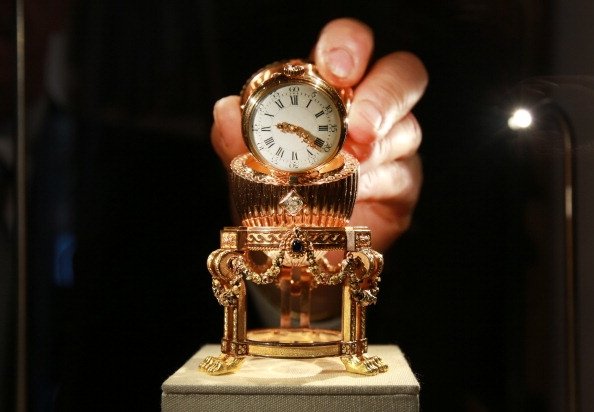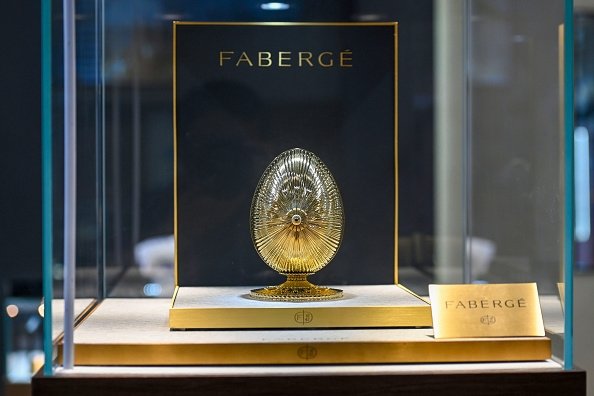© Turkuvaz Haberleşme ve Yayıncılık 2024
A priceless Faberge egg was found during searches of a superyacht belonging to a Russian oligarch, which was seized due to Russia's attacks on Ukraine, U.S. Deputy Attorney General Lisa Monaco announced Thursday.
Monaco, who attended a security forum in the U.S state of Colorado, revealed information about their operations against Russian oligarchs. Monaco, giving details of the operation on a super yacht belonging to a Russian oligarch, said: “Let’s get to the juicy stuff: The yachts. We’ve been finding some really interesting things ... we recovered a Faberge – or alleged Faberge egg – on one of these (yachts), so it just gets more and more interesting.”
Not detailing the seized superyacht, Monaco stated that it is currently anchored in San Diego after it left Fiji last month.

Within the framework of the U.S. sanctions against Russia, the 107-meter (351-feet) luxury yacht named Amadea, estimated to be worth $300 million, belonging to the Russian oligarch Suleiman Kerimov was forced to sail from Fiji upon the request of the U.S. Department of Justice and the FBI. If the seized "Faberge" egg is certified original, it is estimated to be worth a fortune.
Tens of millions of dollars worth of "Faberge" egg was created by Peter Carl Faberge when Tsar Alexander III of Russia commissioned him to create a jeweled egg as an Easter gift for his wife, Empress Maria Feodorovna, in 1885. Even though it was a one-time order, the product was so fascinating that Faberge received another order from the tsar the following year. It became a tradition in the Romanov dynasty until the Russian revolution in 1917 and Faberge created a total of 50 eggs for the royal family, while only 43 are known today. The eggs' worth lies in their creativity and the artist's skill rather than the precious materials it is adorned with.

After the first egg was gifted, Faberge did not share the new eggs' details, even keeping it a secret from the tsar until the work was done. Some would have the miniature design of the tsarist palace or depictions of the Romanov Family. The eggs, which took a year to complete, were decorated with precious stones and handcrafted meticulously. Some of the eggs are still preserved in the Kremlin Palace.
Some of the Faberge eggs, which were scattered all over the world after the collapse of tsarism in Russia, fell into the hands of private collectors. One of the key names is Malcolm Forbes, the famous media mogul who took nine of the eggs.
Faberge Eggs, which gain value with their artistry and design in addition to the jewelry on them, are valued at $10 million.
